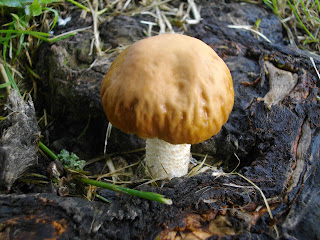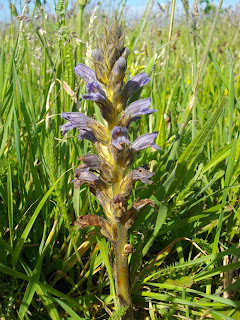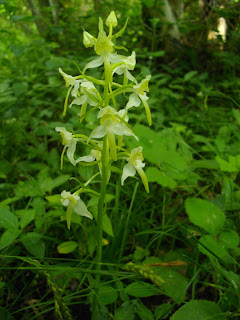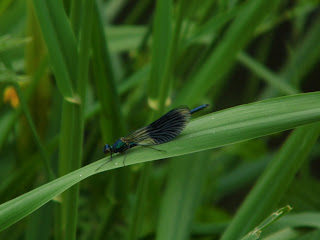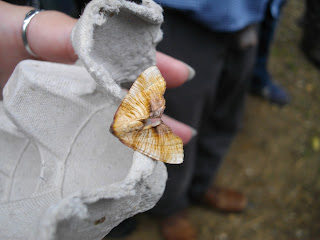19th June 2016
The weekend began in somewhat frustrating fashion. I had hoped to go and see the Great Knot at Titchwell on Friday after work, but it had headed off down the coast. My second opportunity to see it came on Saturday, but despite standing on the beach in the wind and rain it wasn't to be, as it was only seen for about 10 minutes. Typically it showed really well on Sunday when I had other plans.
On to Sunday, and Cathy & I were back in North Walsham to see my family. In between social engagements we headed to Overstrand for a walk along the clifftop path. My target here was Purple Broomrape, a scarce parasitic plant that I had tried and failed to see several times previously. The number of plants and the flowering time seems to vary year on year, which added to the problem seeing them. This time Ben Murphy had kindly informed me in mid-week that several plants were now flowering, so I was keen to see them whilst I could.
We parked up at the clifftop car park and headed west, stopping regularly to let people past on the narrow path. Once we were past a few houses the area to the south opened up into a golf course, whilst on the other side Sand Martins occasionally floated up over the cliffs and a Kestrel skimmed past below them. Having shown Cathy a picture of our target plant it was her that located two flowering spikes of Purple Broomrape, one near the path and one closer to the cliff edge.



We continued a bit further along to see if there were any more close by, before turning round and retracing our steps. There were several bees and wasps on the umbellifers, and other interesting invertebrates included a Gorse Shieldbug and the micro moth Pammene aurana. A Small Copper rested briefly on the path, and a Speckled Wood seemed very out of place as it flew up off the cliff and off across the golf course. Back at the car park we got an ice cream from a very friendly man at the van, before heading back to North Walsham.

